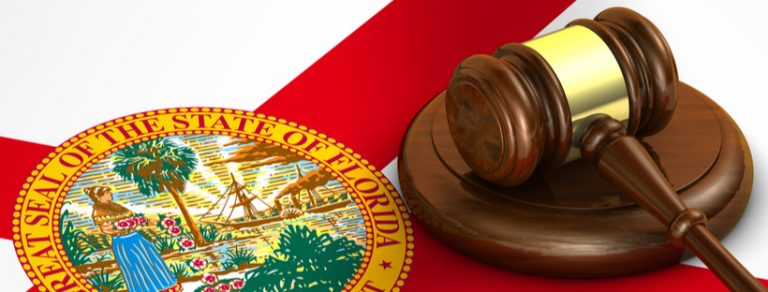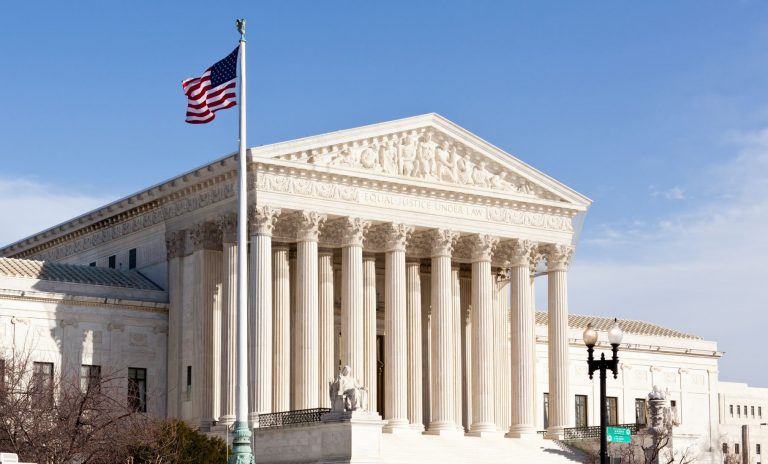TCPA Update: FCC Implements New One-to-One Consent Rule
TCPA Update: FCC Implements New One-to-One Consent Rule

Recently, the FCC adopted a new rule impacting what constitutes prior express written consent under the Telephone Consumer Protection Act (TCPA). The new rule, which goes into effect on Jan. 27, 2025, requires that prior express written consent be obtained separately for each company seeking to use such consent. In other words, there must be “one-to-one” consent.
The TCPA requires prior express written consent for calls and texts that contain an artificial or prerecorded voice or are sent using an “automatic telephone dialing system.” The new one-to-one consent rule now modifies the definition of “prior express written consent” to state:
The term prior express written consent means an agreement, in writing, that bears the signature of the person called or texted that clearly and conspicuously authorizes no more than one identified seller to deliver or cause to be delivered to the person called or texted advertisements or telemarketing messages using an automatic telephone dialing system or an artificial or prerecorded voice. Calls and texts must be logically and topically associated with the interaction that prompted the consent and the agreement must identify the telephone number to which the signatory authorizes such advertisements or telemarketing messages to be delivered (emphasis added).
In the past, a marketer could obtain consent from a consumer to receive robocalls or robotexts from the marketer’s partners, and this was sufficient to satisfy the TCPA. However, the FCC was concerned that this “lead generation loophole” allowed for an increase in unwanted calls and texts because consumers did not understand to whom they were giving their consent. As a result of this concern, companies must now obtain a consumer’s prior express written consent separately for each company seeking to apply such consent. A single consent to receive messages from a multitude of marketers is no longer valid.
Despite the language of the amended rule, the FCC suggests in the rule that consent for a multitude of partners can still be obtained so long as the marketer specifically lists the entities on whose behalf it is seeking consent. The FCC remarked: “Comparison shopping websites can provide additional information about sellers or a list of sellers that a consumer can affirmatively select in order to be contacted.” The idea is that a consumer can no longer affirmatively agree to be contacted by unidentified “marketing partners” but can agree to be contacted by a list of those marketing partners so long as they are identified and the consumer affirmatively selects those entities from whom they consent to receive the communications. Whether the method provided for that selection of sellers is sufficient remains rife for litigation as the FCC’s guidance seems at odds with the plain language of the amendment. For example, how the list of sellers is provided or how the sellers are selected (or preselected) and whether this complies with the rule remains unclear.
Further, whether such consent disclosure is “clear and conspicuous” will remain an issue to be litigated as it will require a fact-specific inquiry. The FCC provides that in order to qualify as “clear and conspicuous,” the disclosure must be “apparent to a reasonable consumer.” The disclosure cannot be buried, barely visible, appear in fine print nor only accessible through a hyperlink. Yet what is apparent to a reasonable consumer necessarily requires a factual determination.
Finally, the requirement that the content of the ensuing robotexts and robocalls must be “logically and topically associated with the interaction that prompted the consent” likewise was left by the FCC to be interpreted by the courts. The FCC advises that the scope of permitted content can be reasonably inferred from the purpose of the website or location where the consumer gave consent. However, the FCC declined to adopt a specific definition and advised that when in doubt, the seller should err on the side of limiting content to what a consumer would clearly expect. As an example, the FCC said that “a consumer giving consent on a car loan comparison shopping website does not consent to get robotexts or robocalls about loan consolidation.”
The new one-to-one consent rule does not go into effect until early next year. This change is expected to bring a new wave of litigation challenging whether the asserted consent was given for the specific marketer, the disclosure of the consent was clear and conspicuous, and the marketer’s contact is logically and topically associated with the interaction that prompted the consumer to grant their consent.
Until then, marketers should start developing alternative means of facilitating lead generation in line with the new rule. Additionally, businesses that rely on lead generators should ensure that any marketing messages reasonably align with the context in which the consumer provided consent and verify the details of the consumer’s consent to ensure compliance with the new one-to-one consent rule.
Reprinted with permission from Law.com on May 29, 2024. © 2024 ALM Media Properties, LLC. All rights reserved. Further duplication without permission is prohibited, contact 877-257-3382 or reprints@alm.com.









